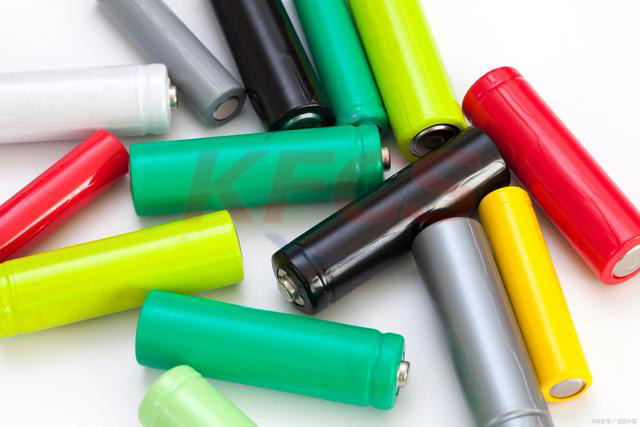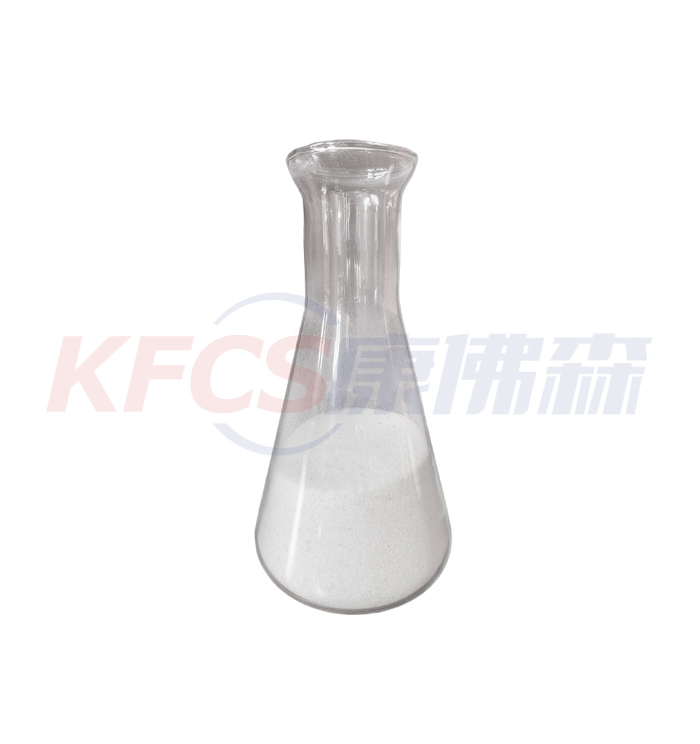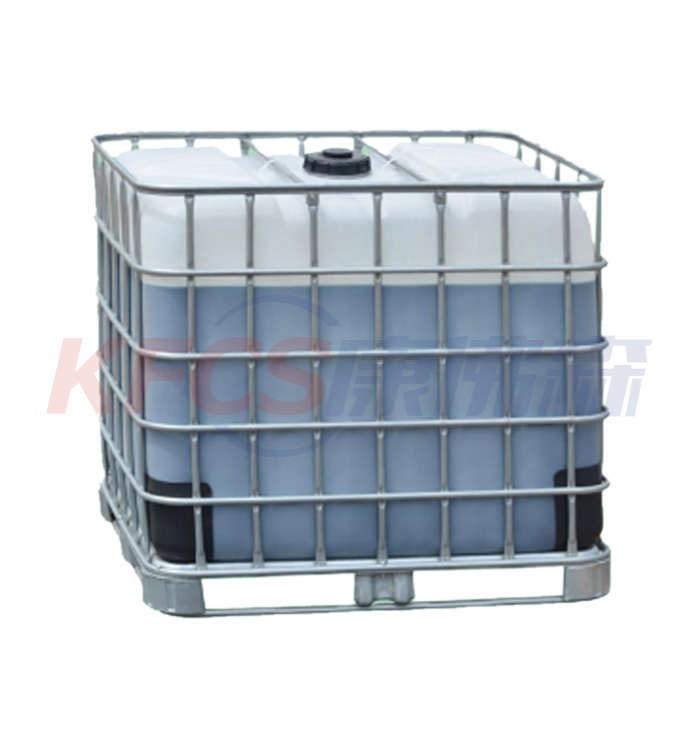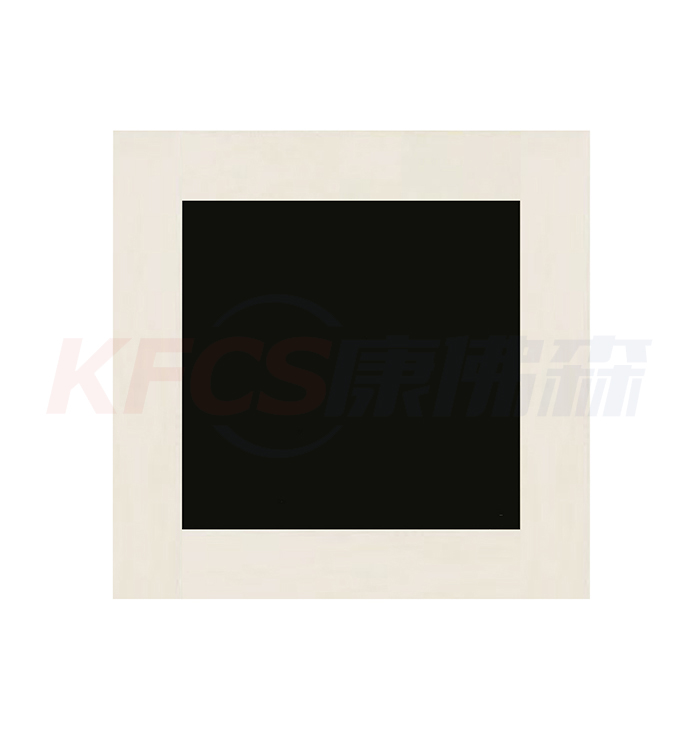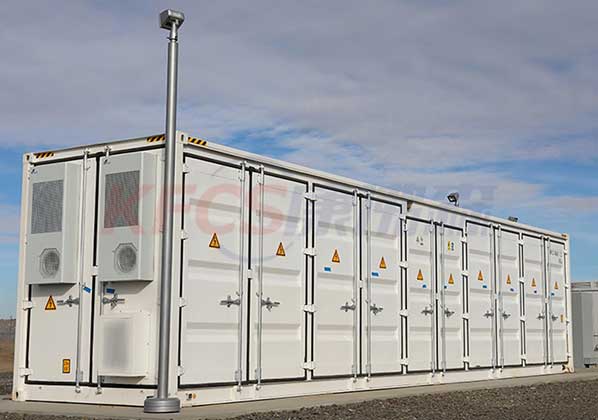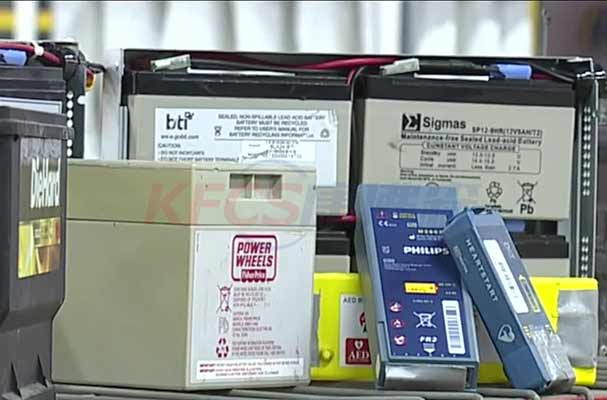Cold sintering may open door to improved solid-state battery production
2022-02-24
"There are a lot of people and companies now working on different ways to mass-produce solid-state batteries. It's no exaggeration to say that it's one of the hottest topics in science right now." —Grady, Ph.D. student in materials science at Penn State.
Solid-state batteries have higher energy and are safer than conventional batteries. Penn State researchers have proposed an improved solid-state battery production method that enables the integration of multiple materials for better batteries—cold sintering.
"Traditional batteries have a liquid electrolyte that enables ions to move between the cathode and anode of the battery.Solid-state batteries have specific thin electrolytes made of solid materials."
"Solid-state batteries have a lot of advantages from a safety standpoint, because they don't catch fire, and because they have stronger adhesion, they're more stable," said Grady, a PhD student in materials science and lead. "Because of this stronger They're also mechanically stronger because of the binding force. This prevents fires. They're an order of magnitude better relative to the batteries we've now reached the energy limit. But there are a lot of problems with making solid-state batteries."
The big problem with solid-state batteries leaping from the lab to the market is the lack of process technology. Current battery electrodes are mixtures of active materials, carbon, and liquid electrolytes. Without a liquid electrolyte, ions don't move around in the electrode. The best way to provide a path for ions to move is to introduce a solid electrolyte, which requires sintering, and traditional sintering is too hot for carbon and active materials, resulting in material degradation. While cold sintering enables the introduction of solid electrolytes at very low temperatures.
"In a liquid battery, you can take two electrodes, add an electrolyte, and as long as there is something separating the two, usually a polymer, you have a battery," Grady said. "But making a solid-state battery requires producing a material. , such as a very thin layer of dense conductive ceramic glass for solid-state electrolytes, which is difficult to produce on a large scale."
Solving this problem is a topic of deep interest in current science and industry. This is because of the optimism about the future potential of electric vehicles and their promotion of climate protectionism. There are other potential applications for solid-state batteries, such as more durable laptop batteries.
"There are a lot of people and companies working on different ways to mass-produce solid-state batteries right now," Grady said. "It's no exaggeration to say that it's one of the hottest topics in science right now."
According to the researchers, cold sintering may offer a solution. Cold sintering is a revolutionary process that sinters ceramics at much lower temperatures than traditional methods. It was developed at Penn State by a research team led by Institute of Materials Director Clive Randall, Distinguished Professor of Materials Science and Engineering and co-author of the study.
"What we do in cold sintering is reduce the sintering temperature of the ceramic solid electrolyte from the typical 1,200 degrees Celsius to below 400 degrees Celsius," Grady said. "When you do that, you can combine your solid electrolyte with the Integrating everything else, like your active materials and electrodes, and cold sintering the interface together. It solves all the different manufacturing challenges. It opens a window for processing between different solid state battery materials, which is No other ceramic processing method can do it.”
"So, cold sintering really shows that solid-state batteries can be made from ceramics." - Grady said.
Solid-state battery electrolytes are made of ceramics, polymers, polymer composites, or soft, amorphous materials. Ceramics are considered to be one of the best types of materials in terms of ionic conductors and solid electrolytes.
"So, in the research world, it's very important to know which materials are best for solid electrolytes and which materials can be used. And because of the limitations of the ceramic sintering process, no one has really been able to solve this problem," Grady said. "So , cold sintering shows that it is feasible to make solid-state batteries from ceramics."
In a previous study, the team showed how to use cold sintering at temperatures below 300 degrees Fahrenheit (150 degrees Celsius) to create multilayer solid-state lithium-ion batteries. They rely on conductive salts for suitable electrochemical performance, which undermines some of the conductivity and safety advantages of solid-state batteries. The team then demonstrated that a solid electrolyte composed of sodium zirconium phosphate silicate, commonly known colloquially as a NASICON solid electrolyte, could be cooled at a slightly higher temperature, 707 degrees Fahrenheit (375 degrees Celsius), by changing the liquid. sintering.
For the current study, the team demonstrated a new method for fabricating hybrid conducting electrodes for solid-state batteries. The team took a NASICON cathode ceramic powder, which was densified into ceramic composite particles, and used a transient solvent to help densify it, and an engraver to apply the necessary pressure to the powder. Apply pressure and heat at 707 degrees Fahrenheit (375 degrees Celsius) for three hours.
Next steps for the research team include fine-tuning the cold sintering process for solid-state batteries.
"We think it's possible to really explore the composition of cold sintered electrolytes and study the relationship between the conductivity of the ceramic hybrid and the composition to optimize the most active materials," Grady said. "On the other hand, we are also exploring layered structures, so We can mix everything, including the solid electrolyte in the cathode."
The researchers will then explore some other questions and work on them.
"Then we'll ask questions like how do you overlap the cathode and the electrolyte so you don't have an ionic bottleneck at that interface," Grady said. "How thin can you make the electrolyte? These are the steps toward a really practical solid-state battery." important step."
About News
- The all-vanadium redox flow battery (VRFB) is a large-scale energy storage systems
- The global all-vanadium flow battery market will reach a scale of 100 billion in 2023
- Significance of battery echelon utilization
- Lithium iron phosphate battery will become the mainstream of power battery market
- Recycling method of cathode material for decommissioned lithium iron phosphate battery
- Advantages of vanadium redox flow batteries compared to other chemical power sources
- Solutions for battery recycling of electric vehicles
- Vanadium battery market and application
- Current large-scale applications of vanadium redox flow batteries
- 1.3 billion US dollars, 1200 ~ 1300MWh! World's largest off-grid battery energy storage project completes financing
Products


